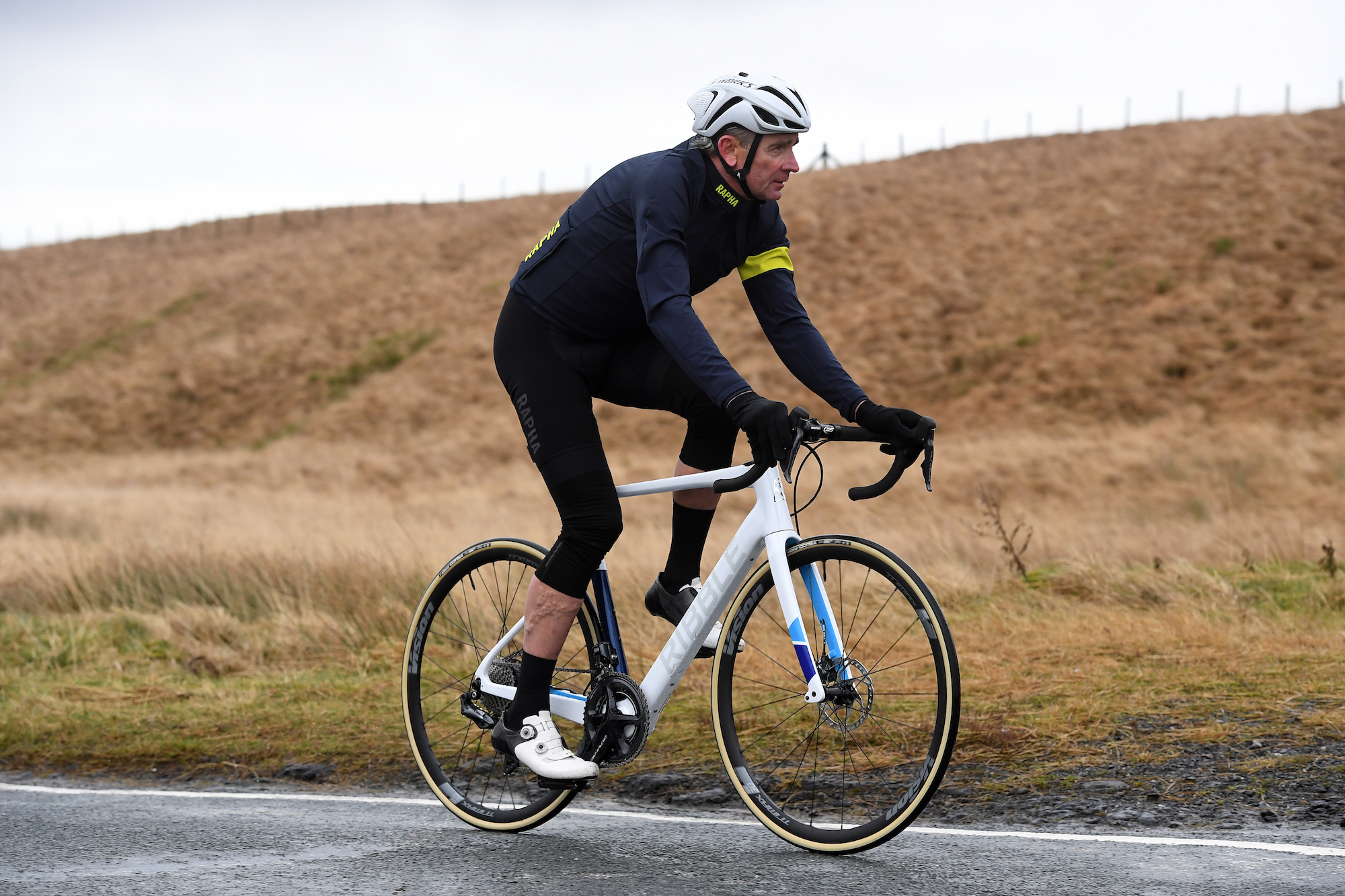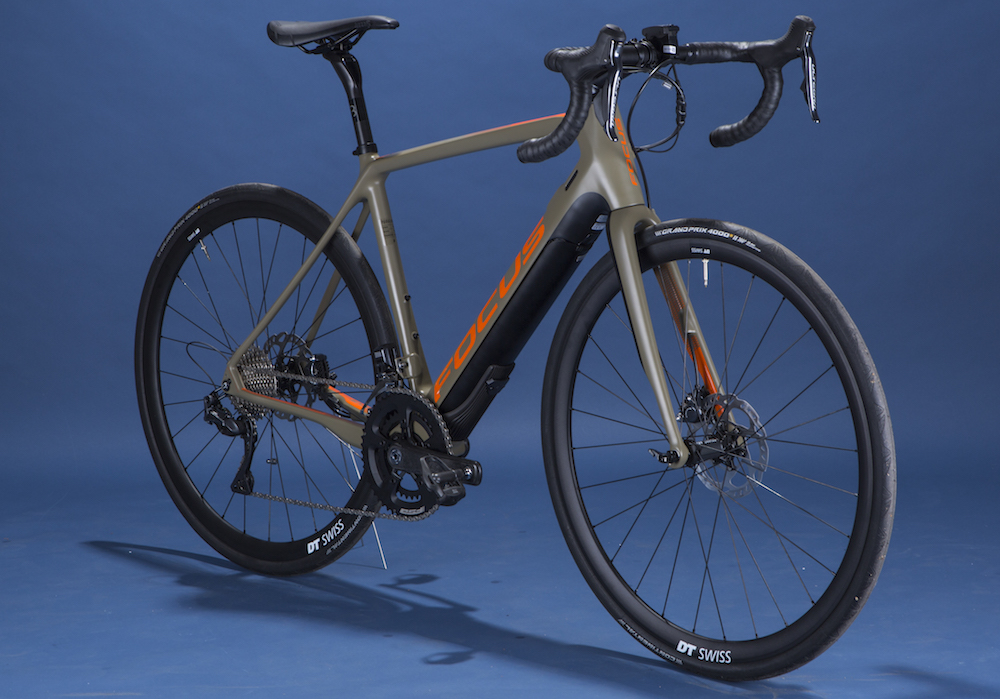Is an e-bike worth it? Why an electric bike is perfect for commuting
An e-bike is the perfect mode of transport for commuting to work

Sales of electric bikes - or better known as e-bikes - have been soaring in the past few years and show no sign of letting up.
Since emerging onto the market in the 2010s, the best electric bikes have dropped in price and have gained in popularity among all types of cyclists: club riders, city commuters, recreational cyclists and among those who just want a bit of assistance as they go from A to B.
For those cycling to work, they are a valuable purchase. The motor assistance allows you to arrive on time but a bit less sweaty than you would if you arrived on a non-motored bike.
As cities around the world try to remove cars from roads and get more people cycling, e-bikes will become even more of a feature in our daily lives.
In 2018 the global e-bike market was $21 billion. By 2025 that's predicted to grow to $39 billion. In 2019 Deloitte released its annual technology, media and communications predictions, one of which stated that 130 million e-bikes would be sold globally between 2020 and 2023. The report stated that e-bikes "will easily outpace other e-vehicles" by the end of 2020.
So why are e-bikes so perfect for helping people get from A to B?
Why are electric bikes worth investing in?

Further, faster, easier
The merits of e-bikes has been the focus of numerous studies. All of them point to people’s enthusiasm for using e-bikes because they make the journey to work, to the shops, and to school easier. The perceived lack of effort required means people can travel further and they are also far more likely to do so.
The latest race content, interviews, features, reviews and expert buying guides, direct to your inbox!
When Citi Bike, New York's bike share scheme, first piloted its fleet of e-bikes, the average trip length increased by 10% when compared to their classic bikes. What’s more, participants said they were twice as likely to use an e-bike for a journey that required them to cross a bridge or go up hills.
An average commute by bike in the UK takes 44 minutes, according to research taken by the TUC trade union, a time that no doubt dissuades many. An e-bike, though, helps remove barriers to commuting such as distance and hills.
The mix-terrain capabilities of the best electric gravel bikes also enable you to take off-road shortcuts.
Seasonal demands
E-bikes might also have the ability to make people ride deeper into the year. Even the hardiest of bike commuters can find cycling into work during the colder months a challenge, even if they have investing in the right commuting gear to wear throughout the year. Certainly for many newbies a dip in temperatures is all the excuse they need to put the bike back in the garage and head for the car, bus or train.
In New York City, Citi Bike ridership decreases by 60% from October through February. But interestingly, e-bike use during this period held firm. This indicates that the quicker journey time and the ease of use could be enough to make winter commuting realistic for a greater number of cyclists.

A cost-effective solution
Another reason for the e-bike's relevance for urban dwellers is its affordability. Lithium-ion battery technology is not only getting better, but it's getter cheaper, helping to reduce the overall cost of e-bikes, resulting in even more well-specced models coming in at under £1,000 - we've rounded up the best of these in our best budget electric bike guide.
But it's after you've bought an e-bike that you really start to save. After the significant initial investment of the bike itself, running costs are low. Battery life continues to improve, and you can expect to have to replace it only after around 10,000 miles. Figure in a yearly service and it's still an affordable choice when compared to the cost of running a car and driving in the city, especially if you have to pay to park at your destination.
If you want to lower the initial outlay on an e-bike, one of the best electric bike conversion kits might be worth considering.
Health benefits
We all know that cycling has benefits for both our physical and mental wellbeing and swinging a leg over an e-bike helps to keep our body and mind happy. It is recommended that you get at least 2.5 hours of moderate exercise a week and using an e-bike for your daily commute would likely see your hit this target comfortably.
If you're concerned that riding an e-bike won't provide sufficient a workout to warrant being called 'exercise' you'd be wrong. There are studies galore that demonstrate riding an e-bike does get the heart pumping.
One such study undertaken in Boulder, Colorado found that when riding an e-bike for at least 40 minutes per ride, participants heart rates averaged around 75% of their maximum. This is similar to a brisk walk and enough to meet health guidelines for 'moderate' exercise.
Where are electric bikes most popular?
Unsurprisingly, the answer to that is the planet's most cycling-friendly nations - Holland and Denmark. People of all ages navigate towns and cities on two wheels, all made possible by infrastructure that is the envy of the world.
The Dutch city of Utrecht built its first dedicated bike lane in 1885. Today it sees 25,000 trips a day taken by bike. It's interesting to note that sales of e-bikes have been particularly buoyant in places that have invested heavily in cycling infrastructure. In 2018 in the Netherlands more e-bikes were sold than standard bicycles (excluding racing and children's bikes), with sales up 40% from 2017, while in Copenhagen bikes and e-bikes now outnumber cars.
The Norwegian capital of Oslo has committed to a car-free centre, removing 700 parking spaces and replacing them bike bike lanes. In response, the cities bike-share scheme has seen a surge in use.
Are electric bikes the future for all?
It's not just the cycling mecca lands where infrastructure is on the rise. Elsewhere in the world, governments are putting more effort into improving towns and cities so that more people will cycle - be that on an e-bike or a regular bike.
In the UK, the government has recently provided support to councils around the country to improve their cycling infrastructure with a £250 million active travel fund as the first phase of a planned £2 billion investment in walking and cycling. Pop-up bike lanes created during the lockdown period of the Covid-19 pandemic may even become permanent, mused officials from Transport for London.
In both Brussels and Milan the pandemic has also led to the planned redesign of 25 and 22 miles respectively of its city centre streets, making them safer for cyclists.
Luke Friend has worked as a writer, editor and copywriter for over twenty five years. Across books, magazines and websites, he's covered a broad range of topics for a range of clients including Major League Baseball, Golf Digest, the National Trust and the NHS. He has an MA in Professional Writing from Falmouth University and is a qualified bicycle mechanic. He has been a cycling enthusiast from an early age, partly due to watching the Tour de France on TV. He's a keen follower of bike racing to this day as well as a regular road and gravel rider.